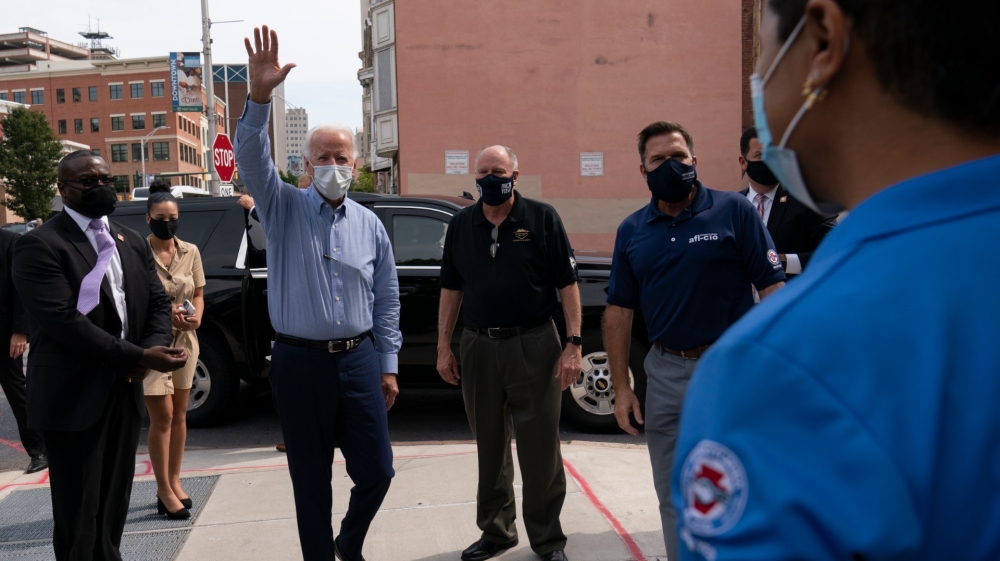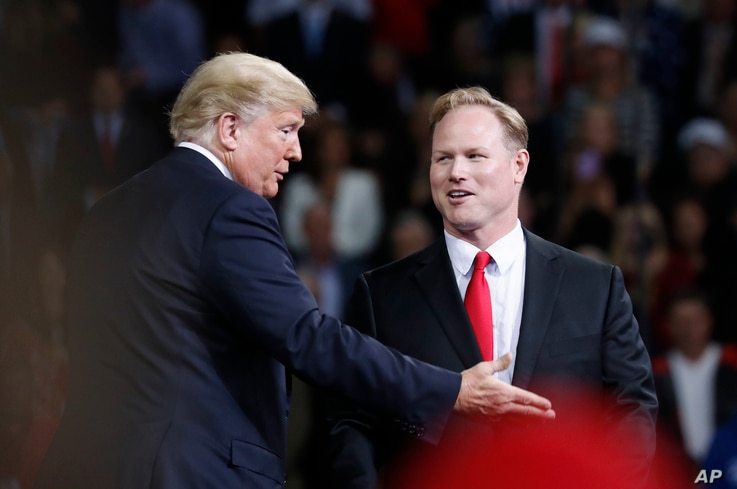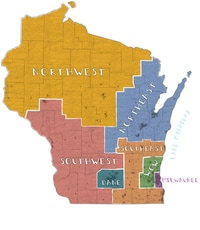
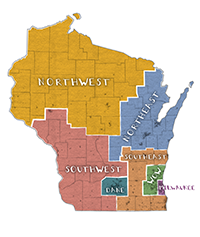
Second in a series on swing states
For nearly a decade, Wisconsin was the center of the Republican Party’s universe. The 2010 election put Gov. Scott Walker in power, with a like-minded legislature eager to transform the state. Months after that victory, former Wisconsin GOP chairman Reince Priebus took over the Republican National Committee. Southeast Wisconsin Rep. Paul D. Ryan was nominated for the vice presidency, and lost it, but within three years he’d become speaker of the House — and just more than a year later, Wisconsin boosted Donald Trump into the White House.
With the exception of Trump, none of these Republicans still hold office. Priebus spent just seven months in the White House, Ryan retired in 2018 with Republicans on track to lose the House, and Walker was narrowly defeated in the governor’s race that year by Democrat Tony Evers. The Democrats swept Wisconsin’s statewide races but couldn’t crack a state legislative map that had been drawn to protect Republicans, an arrangement that has produced nearly two years of trench warfare on everything from voting rights to requiring Wisconsinites to wear masks.
“The history of polling relative to election results in Wisconsin suggests that this election will be won or lost by a nose,” said Ben Wikler, who took over the state’s Democratic Party in 2019. “Democrats should run as though we’re three points behind and might be able to win at the very final moment if we do absolutely everything in our power.”
That wasn’t always how Democrats thought of Wisconsin, even though elections in the state are frequently close. In 2008, Barack Obama and Joe Biden carried the state by 14 points, carrying 59 of the state’s 72 counties. They carried it by 7 points in 2012, despite Ryan’s presence on the Republican ticket, and the 2016 Hillary Clinton-Tim Kaine ticket led in every single public poll of the state before losing by less than 1 point. For years, the taunt that “Hillary never campaigned in Wisconsin” — which was true, though the campaign dispatched Kaine and other surrogates to the state — was shorthand for the party’s neglect of Midwestern swing voters.
But Obama’s decisive wins had distracted Democrats from trends that made Wisconsin more competitive for Republicans. Demographically, Wisconsin barely changed at all between 2004 and 2016, two election years when it was decided by just a few thousand votes. But politically, 2016 was dramatically different, with rural white voters dropping their historical allegiance to the Democratic Party and suburban white voters inching away from the GOP.
Those voters were not moving fast enough for Democrats to get comfortable. In elections this century, around 57 percent of Wisconsin’s electorate has been white voters without college degrees. According to the 2004 exit poll, George W. Bush carried all voters without college degrees here by a single point. Twelve years later, those voters went for Donald Trump by 16 points, and turnout in Milwaukee, in the first election since the implementation of voter ID, was down.
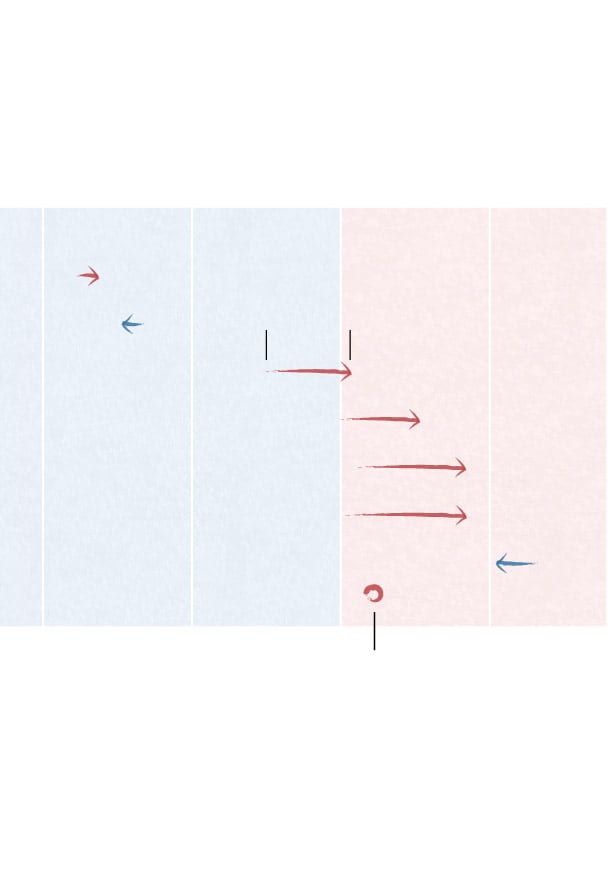
Wisconsin’s shift from ’12 to ’16
Rural parts of the state swung hard to the right,
overwhelming Democratic strongholds.
D won by
200k votes
R won
by 100k
Milwaukee
2012
margin
2016
margin
Southwest
Southeast
Northeast
Northwest
Statewide 2016 margin
Two years after Donald Trump’s win, Democrats swept Wisconsin’s statewide races, recovering ground in the state’s rural southwest and blowing away turnout expectations in the liberal strongholds of Madison and Milwaukee.
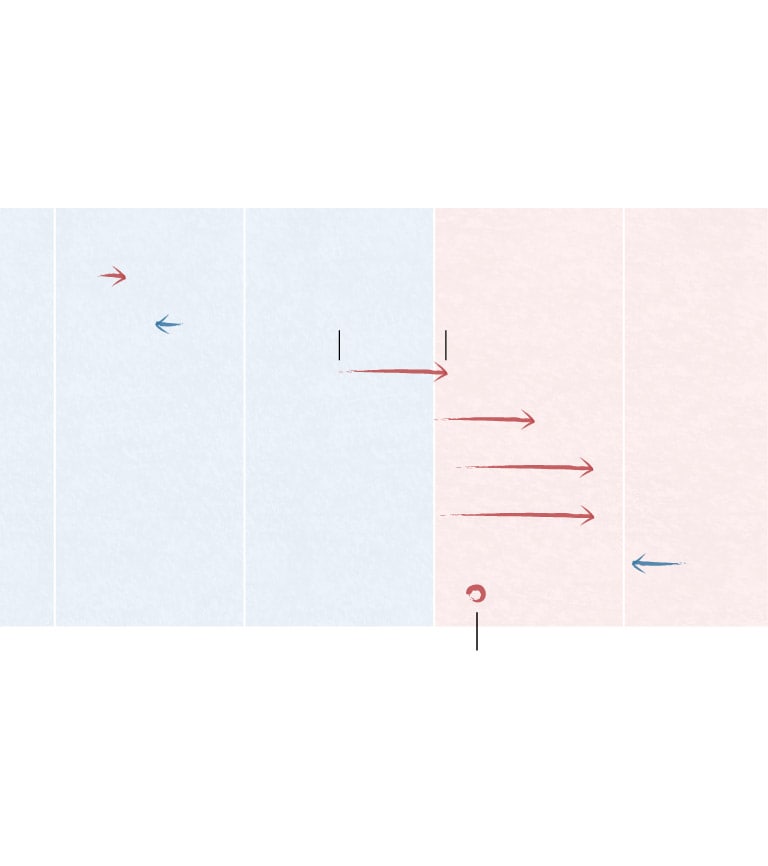
How Wisconsin shifted from 2012 to 2016
Rural parts of the state swung hard right, overwhelming Democratic votes in Milwaukee and Dane counties.
D won by
200k votes
R won
by 100k
Milwaukee
2012
margin
2016
margin
Southwest
Southeast
Northeast
Northwest
Statewide 2016 margin
Two years after Donald Trump’s win, Democrats swept Wisconsin’s statewide races, recovering ground in the state’s rural southwest and blowing away turnout expectations in the liberal strongholds of Madison and Milwaukee.
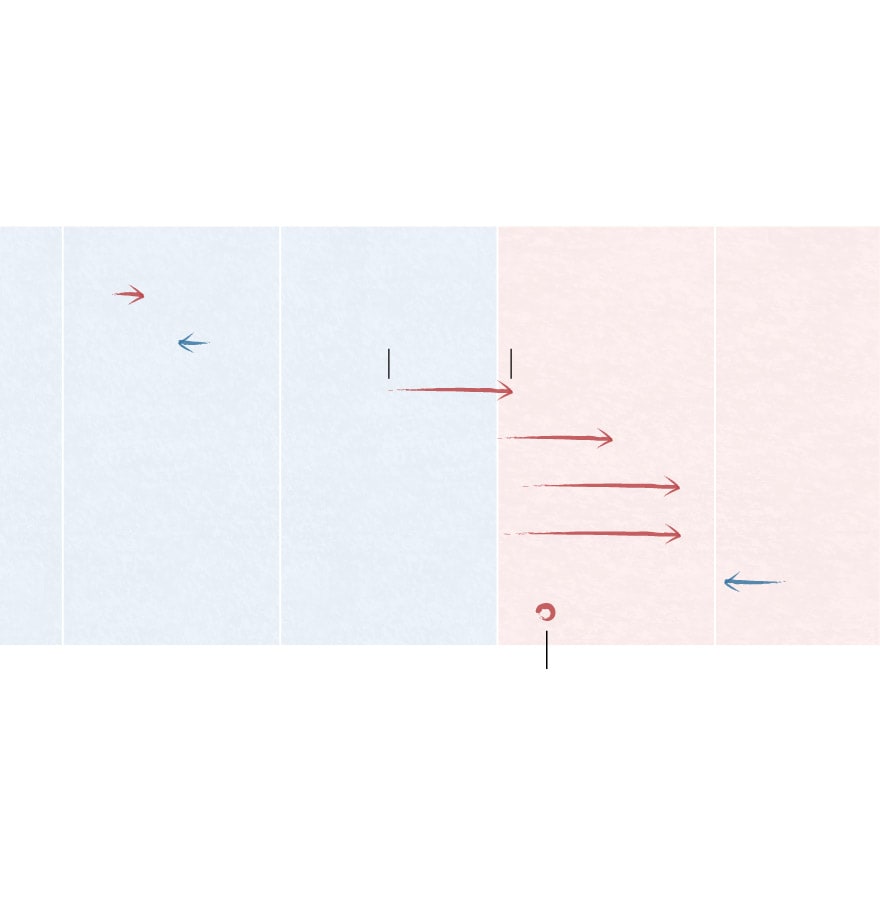
How Wisconsin shifted from 2012 to 2016
Rural parts of the state swung hard to the right, overwhelming Democratic votes in Milwaukee and Dane counties.
Dem won by
200k votes
GOP won
by 100k
Milwaukee
2012
margin
2016
margin
Southwest
Southeast
Northeast
Northwest
Statewide 2016 margin
Two years after Donald Trump’s win, Democrats swept Wisconsin’s statewide races, recovering ground in the state’s rural southwest and blowing away turnout expectations in the liberal strongholds of Madison and Milwaukee.
So how is Wisconsin still so close? To understand it, we broke it down into seven political “states.” Democrats win landslides in the two most populous counties, Milwaukee and Dane. Republicans in 2016 won nearly everywhere else — the suburban WOW Counties (Waukesha, Ozaukee, Washington), the rest of Southeast Wisconsin, the old swing counties of Northeast Wisconsin, and formerly Democratic areas in the Southwest and Northwest.
Democrats have won back voters in some, but not all, rural parts of the state, while growing their margins in the state’s biggest cities. Despite a Republican effort to put Kanye West on the ballot, there’s little evidence of the third-party voting that threw off Democrats’ models in 2016. And some places that swung decisively toward the GOP after 2012 are competitive, according to recent polling. It’s not an accident that the president will have made two stops in northwest Wisconsin this week by the time Joe Biden accepts the Democratic nomination.
This is the second in a series breaking down the key swing states of 2020, showing how electoral trends played out over the past few years and where the shift in votes really mattered. Previously: Michigan
Milwaukee
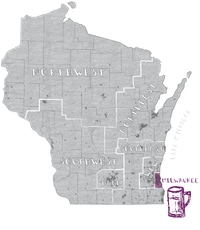
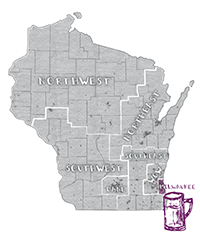
The state’s biggest city, and the county that surrounds it, contain around 1 in 7 Wisconsin voters. Growth has been stagnant, but the region has gotten bluer, thanks to the same suburban woes that have beset the Trump-era GOP. Milwaukee County, which kick-started the political careers of Walker and former sheriff David Clarke, is now run by moderate Democrats.
The collapse of Milwaukee city turnout for Democrats four years ago has obsessed the party ever since, with blame focusing on low enthusiasm for Clinton’s campaign and voting restrictions put in place after 2012. Clinton won 188,700 votes in Milwaukee itself, down from 227,810 in Obama’s 2012 run — enough, all by itself, to have flipped the state from blue to red. But Clinton won River Hills Village, a small town in the county that had backed Mitt Romney, and underperformed Obama overall by just 4,508 votes outside of the city. Trump ran 17,590 votes behind Mitt Romney outside of the city, and 11,265 votes behind him within city limits.
2016 vote totals
- Donald Trump: 126,141
- Hillary Clinton: 288,890
Counties included: Milwaukee
Dane County
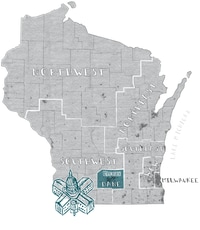
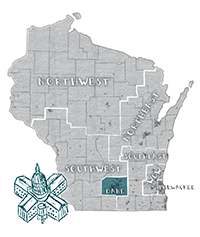
The fastest-growing part of the state is also its most reliably liberal, with a genuinely left-wing political culture growing up around the state capital and the University of Wisconsin at Madison. When Scott Walker referred to D.C. as “68 square miles surrounded by reality,” he was taking a phrase he’d applied to Madison and updating the area size.
In 2016, this was one of the only parts of the state where Clinton improved on Obama’s 2012 margin; in subsequent races, it’s seen blockbuster turnout. In 2018, now-Gov. Tony Evers got more votes out of Dane than any of his party’s presidential nominees ever had, while Sen. Tammy Baldwin (D), who began her career in Madison, did even better.
2016 vote totals
- Donald Trump: 71,151
- Hillary Clinton: 217,785
Counties included: Dane
The WOW Counties
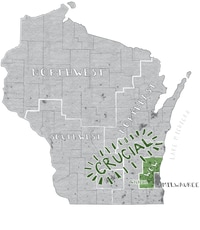
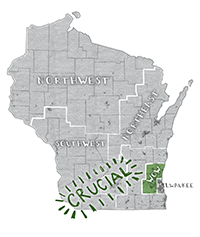
On election night 2016, when the first results came in from Milwaukee’s conservative ring counties, Republicans thought they were headed for defeat. Donald Trump was thousands of votes off the margins that the party usually needed in the state’s suburban conservative heartland, while Hillary Clinton was hitting Barack Obama’s numbers.
Trump’s rural strength made that irrelevant, and when the votes were counted, he won every town in the region. But the margins matter. Mitt Romney had won the city of Waukesha with 57 percent of the vote; Trump won it with 51 percent. Most of the towns across all three counties grew less Republican in 2016, and from Scott Walker’s winning 2014 run to his defeat in 2018, Democrats cut his win margin here by 26,039 votes. For Democrats, good news like that was rare in places like Waukesha County; in 2011, the party twice believed it had beaten Republicans in a key race, before a crucial batch of GOP votes were discovered by a county clerk.
2016 vote totals
- Donald Trump: 224,734
- Hillary Clinton: 120,183
Counties included: Ozaukee, Washington, Waukesha
The Southwest
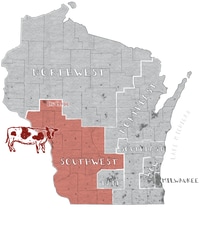
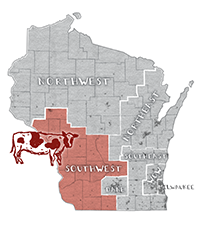
The “driftless area,” which splays across the corners of Wisconsin, Minnesota, Iowa and Illinois, was impossible for Republican presidential candidates to win. Then Trump won it, taking nine counties that had backed Obama twice, and a few that had even backed Mike Dukakis. Democratic Rep. Ron Kind, who’d represented much of the region since 1997, found himself in a Trump district, and this year he’ll face his first credible challenge in a decade.
But no modern Democrat has done as poorly as Clinton here, when she carried only the region’s largest cities (Eau Claire and La Crosse) and some exurbs of Milwaukee. Two years later, Democrats won the cities again but slashed into Republicans’ rural margins, winning southwest Wisconsin overall. And the president, who has made plenty of trips to Wisconsin since 2016, has never come back specifically to this region.
2016 vote totals
- Donald Trump: 164,114
- Hillary Clinton: 157,284
Counties included: Adams, Buffalo, Columbia, Crawford, Eau Claire, Grant, Green, Iowa, Jackson, Juneau, La Crosse, Lafayette, Monroe, Richland, Sauk, Trempealeau, Vernon
The Northwest
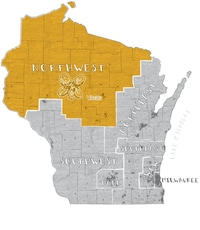

Largely contained by Wisconsin’s 7th Congressional District, the Northwoods and Lake Superior region voted Democratic for years. It broke away from the party in 2010, when Republican Sean P. Duffy won the district, and has stayed red apart from the Lake counties of Ashland, Bayfield and Douglas.
There’s no evidence that this will change in November. In a May special election to replace Duffy, Rep. Tom Tiffany won everything outside of those three blue counties, albeit usually with margins smaller than Trump’s. When Republicans talk about the white voters without college degrees who haven’t been turned out recently, they’re looking in part at this region — and when Democrats warn about Trump’s cuts to the U.S. Postal Service hurting rural America, they’re thinking of places like this.
2016 vote totals
- Donald Trump: 273,729
- Hillary Clinton: 189,593
Counties included: Ashland, Barron, Bayfield, Burnett, Chippewa, Clark, Douglas, Dunn, Florence, Forest, Iron, Langlade, Lincoln, Marathon, Oneida, Pepin, Pierce, Polk, Portage, Price, Rusk, Sawyer, St. Croix, Taylor, Vilas, Washburn, Wood
The Northeast
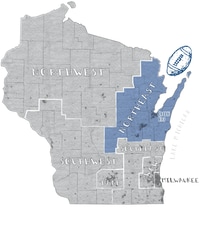

It’s not a “swing” region, per se, because Democrats can win without it. But the counties that stretch from exurban Milwaukee to Michigan’s Upper Peninsula have powered the GOP’s most recent wins. The towns around Lake Winnebago broke for Obama in 2008, as did the city of Green Bay. Two years later, they helped put Winnebago County businessman Ron Johnson into the U.S. Senate, and Republicans flipped, seemingly for good, the Green Bay-based 8th District.
But Democrats have done a little better in statewide races here since 2016, with Oshkosh’s Winnebago County remaining a bellwether — Democrats who carry it or come close are on track to win statewide. Hillary Clinton won the city of Oshkosh by just 1,360 votes, while Gov. Tony Evers won it by 3,177 votes, and shifts like that across northeast Wisconsin can trip up Republicans as they add up votes statewide.
2016 vote totals
- Donald Trump: 282,484
- Hillary Clinton: 198,778
Counties included: Brown, Calumet, Door, Kewaunee, Manitowoc, Marinette, Marquette, Menominee, Oconto, Outagamie, Shawano, Waupaca, Waushara, Winnebago
The Southeast
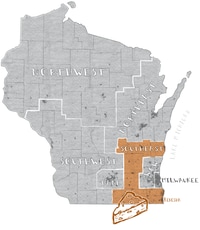
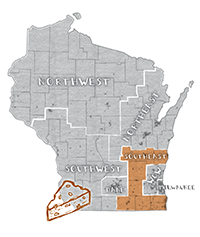
The president never tires of telling the story: He was flying to visit a company in Kenosha when he saw an abandoned Chrysler facility not far away. That convinced him that southeast Wisconsin, which had seen manufacturing leave or shrink since the 1990s, was a great place for the Chinese company Foxconn to build a plant, and start “reclaiming our country’s manufacturing legacy.” Paul Ryan, who’d told the story of decline in his hometown of Janesville, was all in.
That project has not delivered on expectations, but the story of bringing jobs back to the region is one both parties tell — one that Trump told more convincingly than Clinton in 2016. The Democrat won most of the small cities here, though Fond du Lac flipped from blue to red; the president won most everything else. In 2018, the Bernie Sanders-backed union organizer Randy Bryce spent $8.6 million here, betting that white working-class voters could be won over with a populist message, but he was proved wrong, running behind Clinton’s numbers.
2016 vote totals
- Donald Trump: 262,855
- Hillary Clinton: 210,065
Counties included: Dodge, Fond du Lac, Green Lake, Jefferson, Kenosha, Racine, Rock, Sheboygan, Walworth
